Mexico City National Cemetery
Though the name might suggest otherwise, this is an American cemetery.
In 1851, the United States established a cemetery to bury those who had died in the Mexican–American War. Today, the Mexico City National Cemetery is one of 26 cemeteries around the world that is maintained by the American Battle Monuments Commission.
The Mexican–American War, also known as the Intervención Estadounidense en México (U.S. intervention in Mexico), took place between 1846 and 1848. It was sparked by the annexation of Texas—the Mexican government did not recognize the treaty that resulted in the land being signed over to the United States. The war ended in 1848 with the Treaty of Guadalupe Hidalgo, which established the Rio Grande as the border between the two countries. The U.S. agreed to pay Mexico $15 million to compensate for damage caused by the war.
In 1850, the U.S. Congress authored the purchase of several acres of land in Mexico City to bury the dead from the war, as only a few had been returned to the States. It was the first U.S. cemetery established outside of the United States. There are 1,563 individuals at the Mexico City National Cemetery, interred between 1853 and 1924. In addition to the 750 American soldiers killed in action in and around Mexico City during the Mexican–American War, the cemetery holds 813 veterans, members of their families and members of the U.S. Diplomatic service. There are veterans of the Mexican–American War, the U.S. Civil War (both Union and Confederate), the Spanish–American War, and the U.S. Philippine insurrection.
In 1976, when a highway was being built, the cemetery was reduced to one acre. Many of the graves were exhumed and re-interred in new crypts and vaults elsewhere in the cemetery.
A small stone monument at the far end of the cemetery stands near the vaults reads: “To the honored memory of 750 Americans known but to God whose bones collected by their country’s order are here buried.”


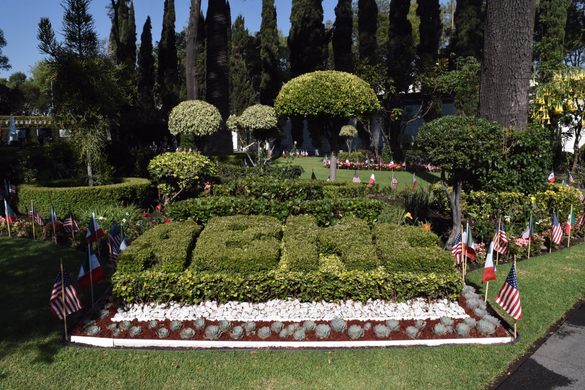
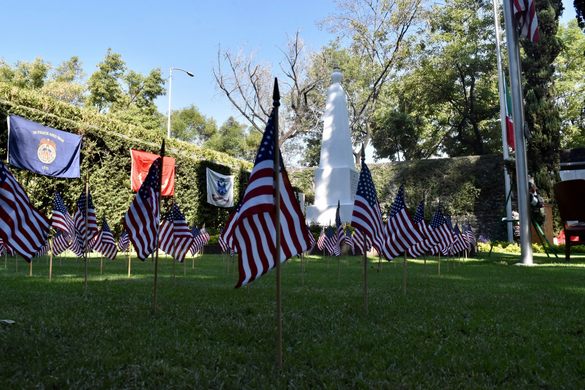

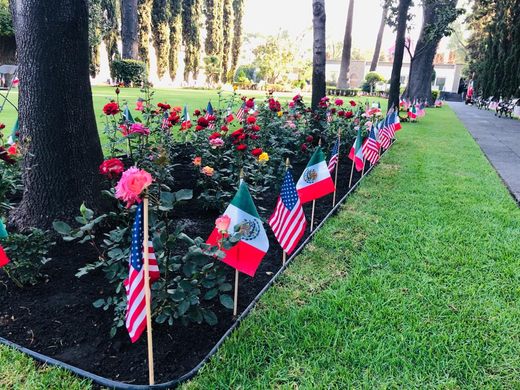
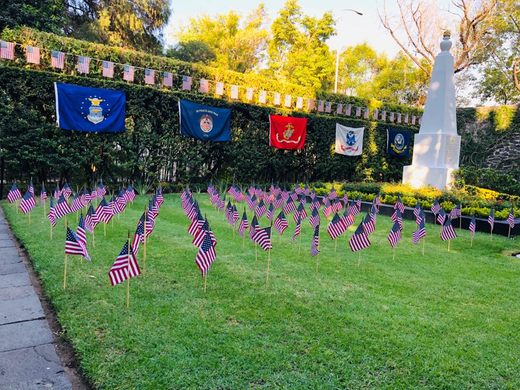









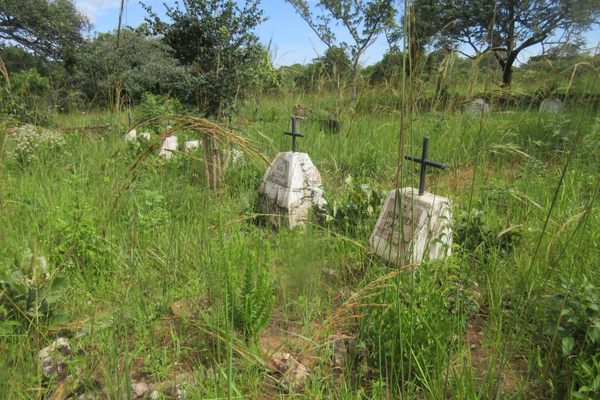

Follow us on Twitter to get the latest on the world's hidden wonders.
Like us on Facebook to get the latest on the world's hidden wonders.
Follow us on Twitter Like us on Facebook